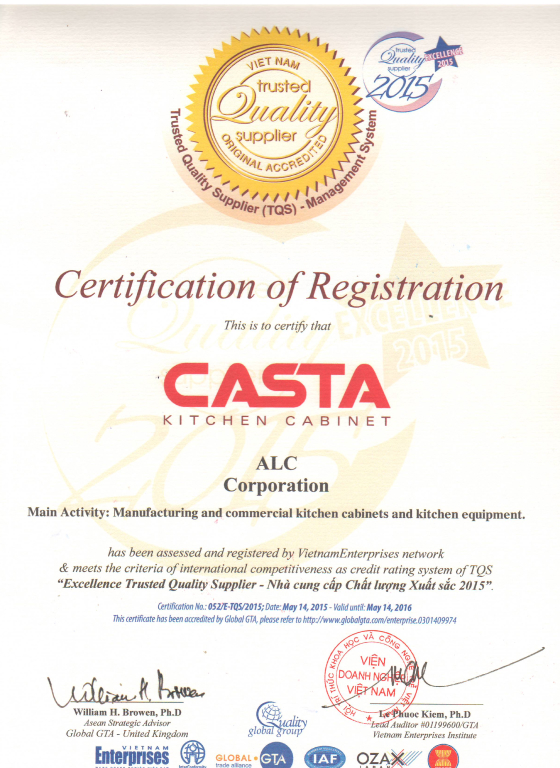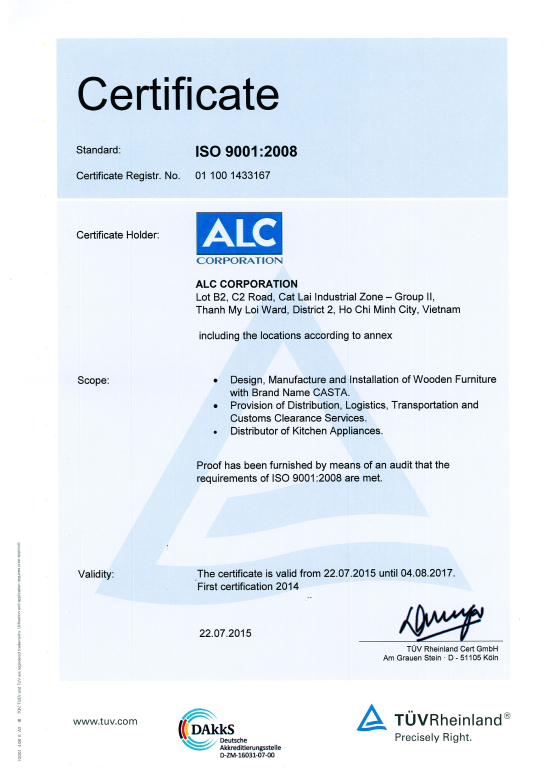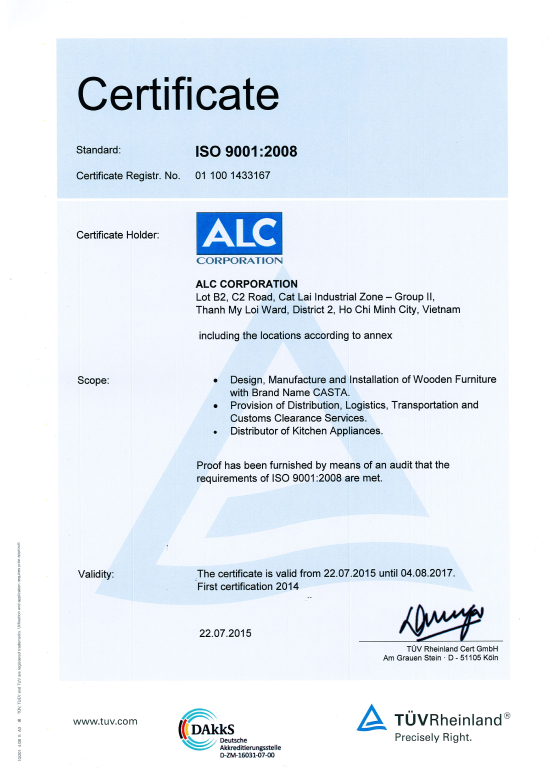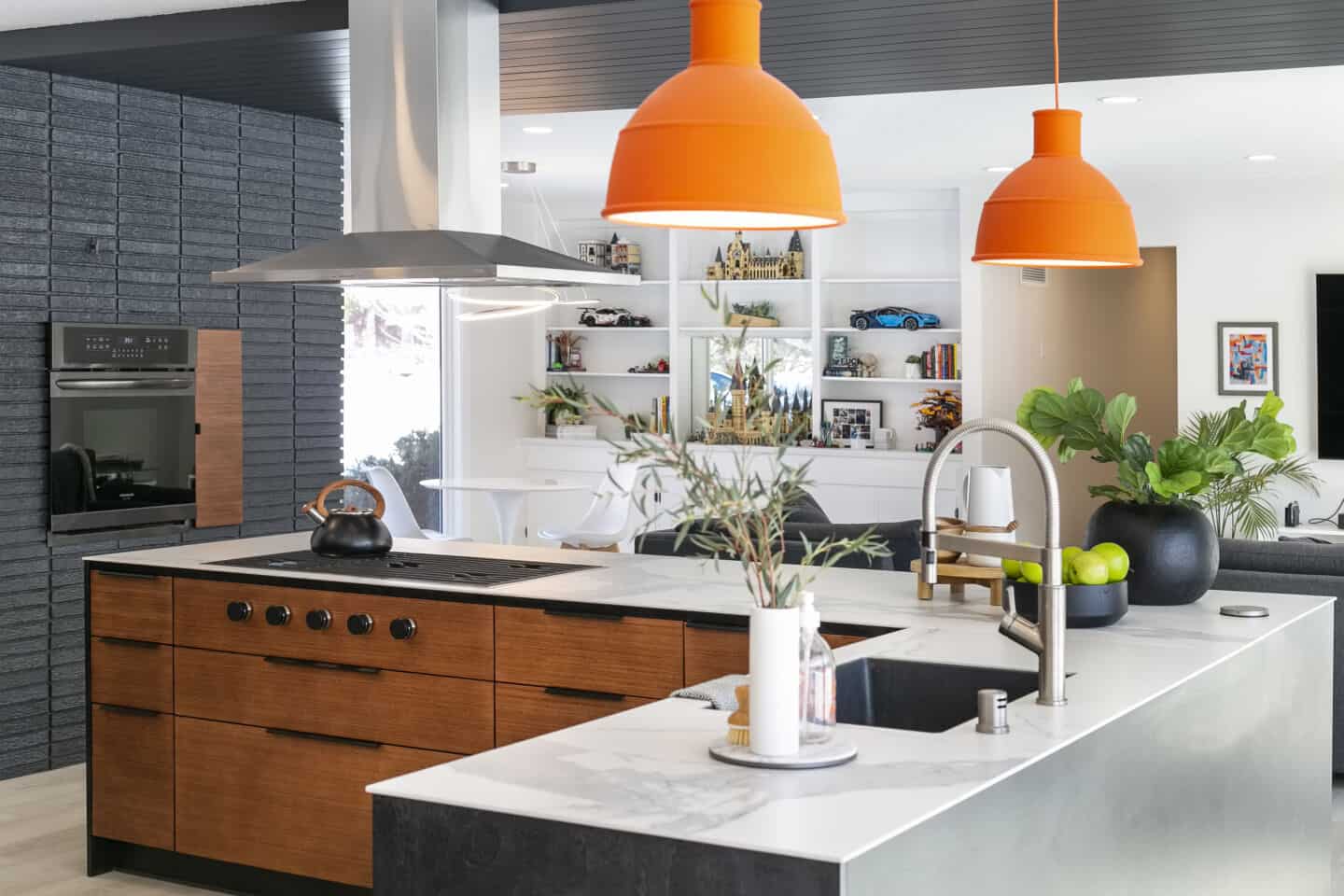In the evolving world of home design, non-toxic kitchen cabinets are becoming an essential part of creating healthier and more sustainable living spaces. For homeowners, contractors, cabinet/furniture brands, and companies, the shift toward using non-toxic materials has enormous benefits.
These cabinets are free from harmful chemicals like formaldehyde and VOCs (Volatile Organic Compounds), significantly improving indoor air quality and ensuring a safer environment for families. Indoor air quality has become a key health concern, especially as people spend more time indoors.
According to the Environmental Protection Agency (EPA), indoor air can be two to five times more polluted than outdoor air due to off-gassing from common household materials, including traditional kitchen cabinets.
For contractors and cabinet brands, offering non-toxic kitchen cabinets can be a competitive advantage, catering to the rising demand for health-conscious and eco-friendly homes.
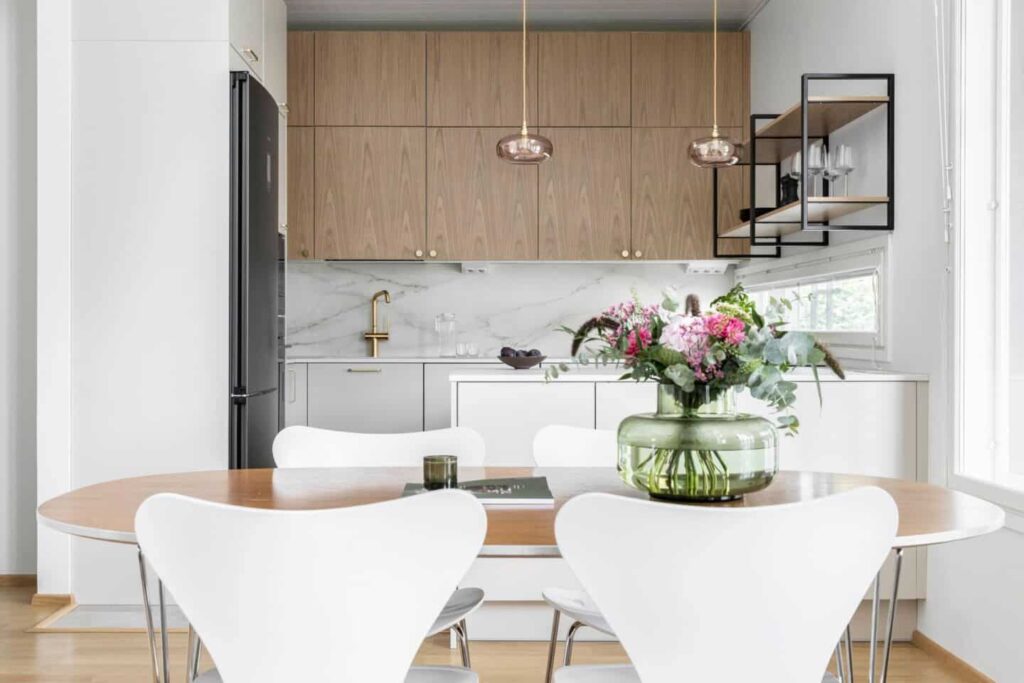
Table of Content
1. What is the Toxins in Traditional Kitchen Cabinets?
When choosing kitchen cabinets, many overlook the potential health risks associated with traditional materials. Cabinets made with formaldehyde-based adhesives, VOC-laden paints, and toxic coatings are often responsible for releasing harmful chemicals into the indoor environment. This process, known as off-gassing, can persist for years, leading to significant long-term exposure.
For homeowners, this means the air in their kitchens can contain toxins long after the cabinets have been installed, compromising indoor air quality. The health risks associated with these chemicals, such as respiratory issues, headaches, and even long-term chronic conditions, are increasingly concerning for families, especially in homes with young children or elderly individuals. Choosing non-toxic cabinets ensures not only a safer living space but also contributes to healthier indoor environments over the long term.
Traditional kitchen cabinets are often made using materials that contain harmful chemicals, which can slowly release toxins into the air over time.
These substances, particularly formaldehyde and VOCs, can significantly degrade indoor air quality and lead to long-term health risks.
Formaldehyde-Based Adhesives
Most traditional kitchen cabinets are built using materials like MDF, plywood, and particleboard, which contain formaldehyde-based adhesives. Over time, these adhesives emit formaldehyde into the home’s air, a process known as off-gassing, which can continue for years after installation.
VOCs in Paints and Finishes
Traditional cabinets are often finished with solvent-based paints and sealants, which release VOCs into the air. These VOCs can cause various health issues, including headaches, dizziness, and respiratory problems, even long after the cabinets have been installed.
Toxic Coatings and Sealants
Many traditional cabinets also use toxic coatings and sealants to increase durability and moisture resistance. However, these coatings can release chemicals into the air, contributing to indoor air pollution and negatively affecting the health of people who spend time in the space.
What Makes a Kitchen Cabinet Non-Toxic?
Non-toxic kitchen cabinets are designed to eliminate or drastically reduce the release of harmful substances such as formaldehyde and VOCs.
These cabinets are made from eco-friendly materials and finishes, ensuring that they are not only better for the environment but also for the people who live in the homes where they are installed.
Key Features of Non-Toxic Kitchen Cabinets
- Formaldehyde-Free Materials: Unlike traditional kitchen cabinets that often contain MDF, plywood, or particleboard, non-toxic kitchen cabinets use formaldehyde-free alternatives such as solid wood, FSC-certified plywood, or formaldehyde-free MDF.
- Low-VOC or No-VOC Finishes: Non-toxic cabinets are finished with water-based, low-VOC, or no-VOC paints and sealants. This helps significantly reduce indoor air pollution by eliminating the harmful off-gassing that occurs with traditional solvent-based finishes.
- Natural Adhesives: Non-toxic kitchen cabinets use natural adhesives that are free from harmful chemicals. This ensures that no dangerous substances are released during or after the installation of the cabinetry.
- Sustainable Sourcing: Many non-toxic kitchen cabinets are made from sustainably harvested wood or bamboo. By prioritizing environmentally friendly materials, these cabinets reduce their overall environmental impact.
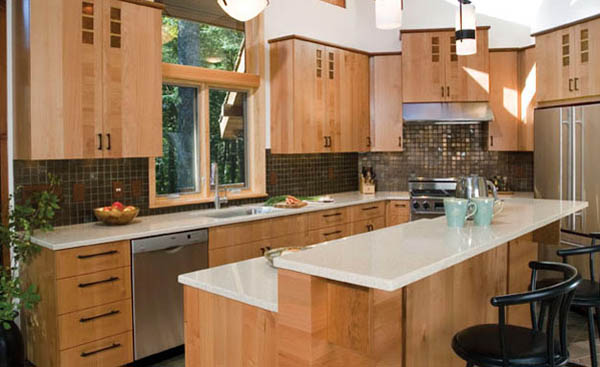
Top Materials Used in Non-Toxic Kitchen Cabinets
Non-toxic cabinets are designed to prioritize health and environmental safety by minimizing or completely eliminating harmful chemicals commonly found in traditional cabinetry materials. These cabinets are made with eco-friendly, low-emission materials that reduce or eliminate off-gassing, improving indoor air quality. By using non-toxic materials like formaldehyde-free MDF, solid wood, and bamboo, non-toxic cabinets provide a safer, more sustainable option for homeowners concerned about their long-term health and environmental impact.
Several key materials are ideal for crafting non-toxic kitchen cabinets.
These materials are not only durable but also significantly reduce the release of harmful chemicals, making them perfect for health-conscious homeowners.
1. Formaldehyde-Free MDF/HDF
Medium Density Fiberboard (MDF) and High-Density Fiberboard (HDF) typically contain formaldehyde-based adhesives. However, formaldehyde-free versions of these engineered woods are now available, offering a safer alternative for kitchen cabinets.
- Durability: High, suitable for kitchens with heavy usage.
- Health Impact: No formaldehyde emissions, improving indoor air quality.
- Environmental Impact: Often made from recycled wood fibers, making them a sustainable choice.
2. Solid Wood
Solid wood is a naturally non-toxic material and one of the safest options for non-toxic kitchen cabinets. When responsibly sourced, it is also an environmentally friendly material.
- Durability: Extremely high, with the potential to last for decades.
- Health Impact: Naturally non-toxic, with no harmful chemicals.
- Environmental Impact: Requires sustainable sourcing practices to ensure environmental responsibility.
3. Bamboo
Bamboo is a renewable resource that grows rapidly without the need for pesticides or fertilizers. It is a popular material for non-toxic kitchen cabinets due to its sustainability, durability, and modern aesthetic appeal.
- Durability: High, comparable to hardwood.
- Health Impact: Non-toxic, with no chemical treatments required.
- Environmental Impact: Exceptionally eco-friendly, thanks to bamboo’s fast growth rate.
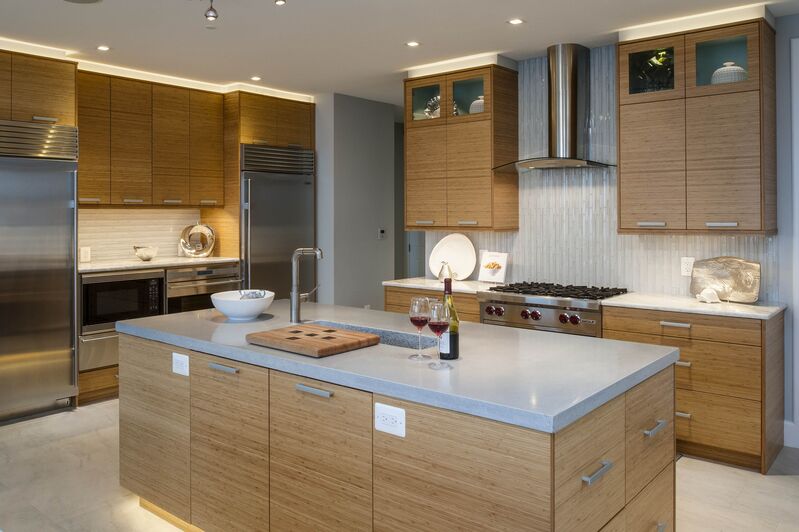
Material Comparison Table
| Material | Durability | Health Impact | Environmental Impact | Aesthetic Appeal |
| Formaldehyde-Free MDF | High | No formaldehyde emissions | Sustainable, recycled materials | Customizable |
| Solid Wood | Very High | Naturally non-toxic | Requires responsible sourcing | Timeless, natural |
| Bamboo | High | Naturally non-toxic | Highly eco-friendly | Sleek, modern |
Health Benefits of Non-Toxic Kitchen Cabinets
The health benefits of non-toxic kitchen cabinets are considerable, making them an excellent choice for anyone looking to improve indoor air quality and reduce the risks associated with traditional cabinetry.
1. Reduced VOC Emissions
By using water-based finishes and formaldehyde-free materials, non-toxic kitchen cabinets drastically reduce the presence of VOCs in the home. Lower VOC levels contribute to better air quality and reduce the risk of health issues like headaches, dizziness, and respiratory problems.
2. Improved Indoor Air Quality
Indoor air quality is especially important for families with children, the elderly, or individuals with respiratory issues. Non-toxic kitchen cabinets improve indoor air quality by eliminating the harmful off-gassing that occurs with traditional cabinets.
3. Long-Term Health Benefits
Research shows that reducing exposure to harmful chemicals like VOCs and formaldehyde can result in fewer respiratory issues and a lower risk of chronic diseases. Non-toxic cabinets provide a safer environment for long-term health.
4. Ideal for Sensitive Individuals
For those with asthma, allergies, or chemical sensitivities, non-toxic kitchen cabinets are a great solution. By eliminating the toxic chemicals present in traditional cabinets, they create a cleaner, safer home.
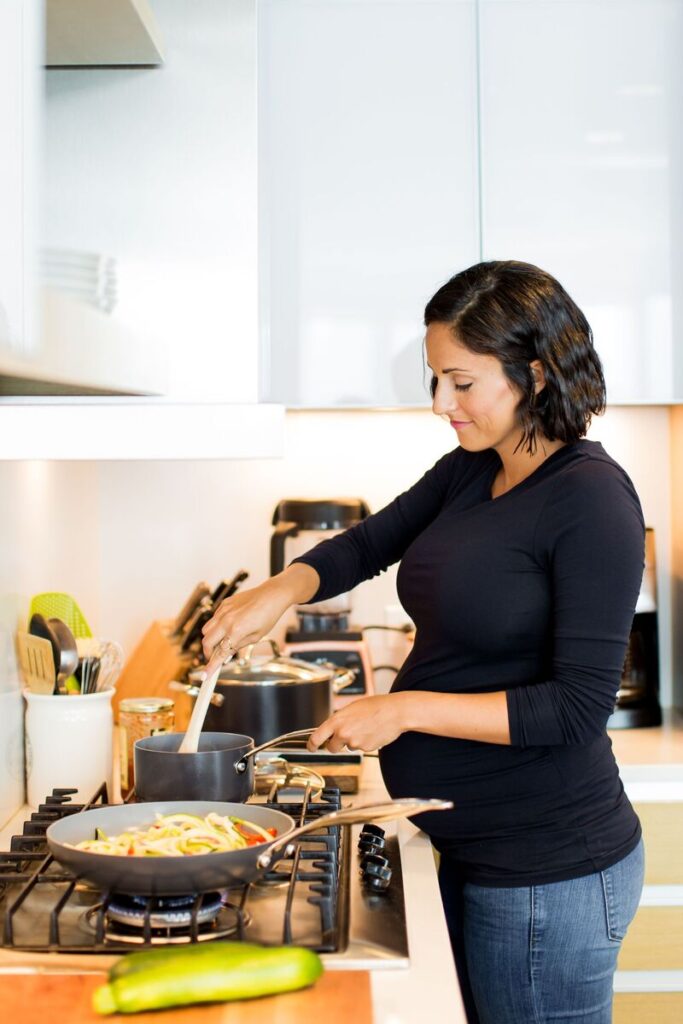
Comparing Non-Toxic Kitchen Cabinets to Traditional Cabinets
When evaluating the benefits of non-toxic kitchen cabinets versus traditional cabinets, the differences become clear in terms of health, sustainability, and durability.
| Feature | Non-Toxic Kitchen Cabinets | Traditional Cabinets |
| VOC Emission Levels | Near-zero or zero | High VOCs and formaldehyde |
| Durability | High | Varies based on material |
| Cost | Slightly higher upfront cost | Lower upfront cost |
| Health Impact | Safe, no off-gassing | Can cause respiratory issues |
| Environmental Impact | Sustainable, eco-friendly | Contributes to pollution |
While non-toxic kitchen cabinets may have a higher initial cost, their health benefits and durability make them a worthwhile investment for any home.
Who Should Consider Non-Toxic Kitchen Cabinets?
1. Contractors and Builders
For contractors focused on building eco-friendly homes, non-toxic kitchen cabinets are essential. They are ideal for projects aimed at meeting LEED certification or other green building standards.
2. Cabinet/Furniture Brands and Companies
Brands that want to stay competitive in a growing market for health-conscious products should consider adding non-toxic kitchen cabinets to their offerings. This can attract a wider customer base and help differentiate the brand from competitors.
3. Eco-Friendly Homeowners
Homeowners who prioritize sustainability and are concerned about the health risks associated with traditional materials will find non-toxic kitchen cabinets to be an excellent option. These cabinets improve indoor air quality while supporting environmentally friendly living.
4. Families with Health Sensitivities
For families with young children, elderly individuals, or those who have chemical sensitivities, asthma, or allergies, non-toxic kitchen cabinets can make a significant difference in creating a healthier home environment.
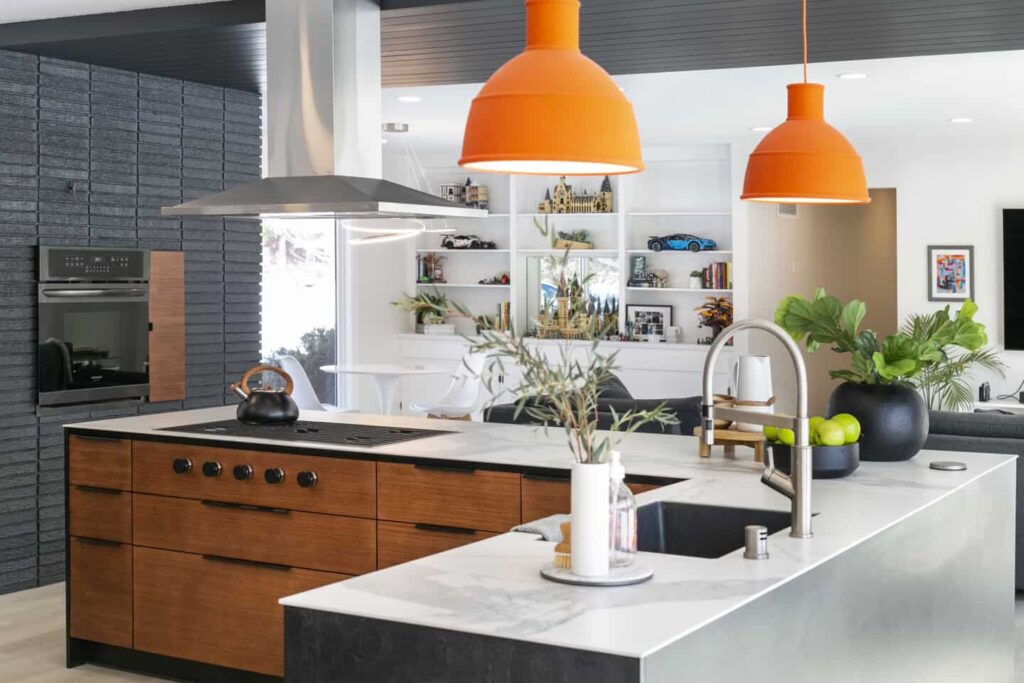
How to Select Non-Toxic Kitchen Cabinets for Your Project
Selecting non-toxic kitchen cabinets requires careful consideration of materials, finishes, and certifications to ensure the cabinets meet health and environmental standards.
1. Materials
Opt for cabinets made from solid wood, bamboo, or formaldehyde-free MDF/HDF. These materials provide a safer, more sustainable alternative to traditional options.
2. Certifications
Look for certifications like GREENGUARD, CARB Phase 2, and FSC (Forest Stewardship Council). These certifications ensure that the cabinets meet strict health and environmental criteria.
3. Finishes
Water-based, low-VOC, or no-VOC finishes are crucial for minimizing indoor air pollution. Choose cabinets with these finishes to maintain healthy indoor air quality while ensuring durability and aesthetic appeal.
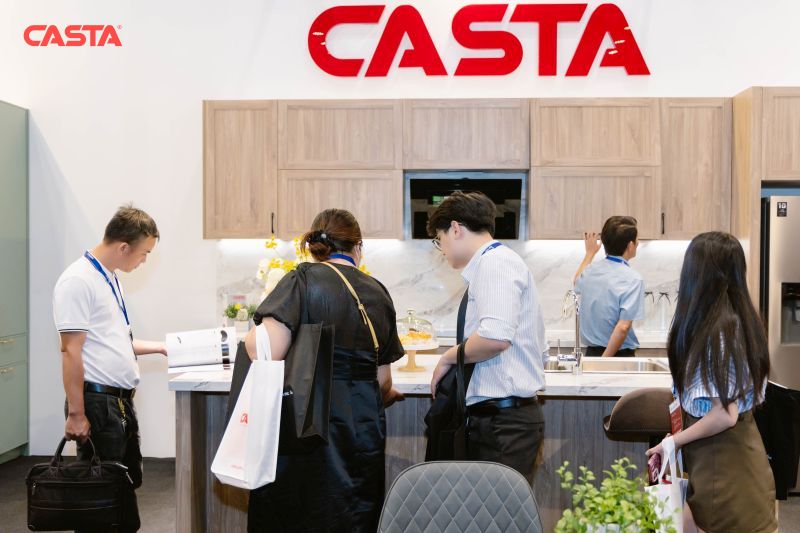
Casta’s Commitment to High-Quality, Non-Toxic Kitchen Cabinets
Casta Cabinetry is dedicated to delivering top-quality non-toxic kitchen cabinets that meet the highest health and environmental standards. Here’s how Casta excels:
1. European Machinery and Manufacturing
Casta uses cutting-edge European machinery to ensure precision and product quality. This advanced technology ensures that every cabinet produced is up to strict standards of safety and sustainability.
2. Custom Design and Customer Satisfaction
Casta offers fully customizable designs, allowing clients to select the materials, finishes, and styles that best suit their needs. Casta is committed to ensuring that every client is completely satisfied with the end product.
3. Health Certifications
All of Casta’s products meet CARB Phase 2, FSC, and E1/E0 European formaldehyde emission standards, making them safe for homes and commercial projects alike.
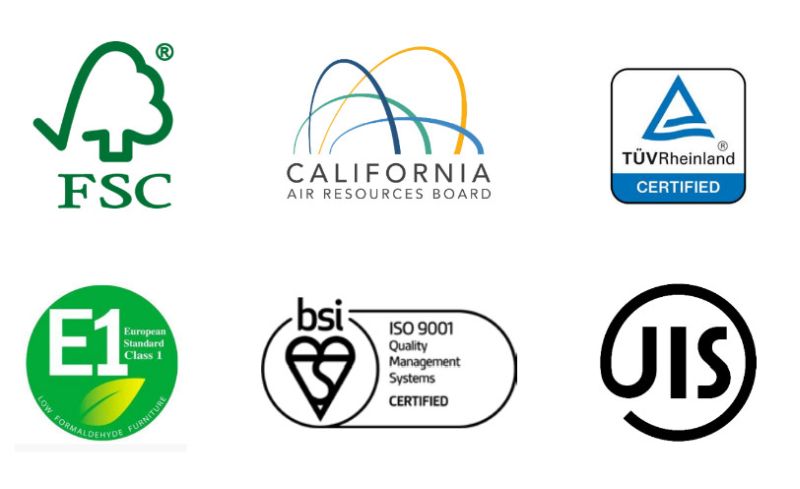
4. Support on Delivery
From the initial consultation to delivery and installation, Casta provides full support to ensure that every project is completed smoothly and efficiently.
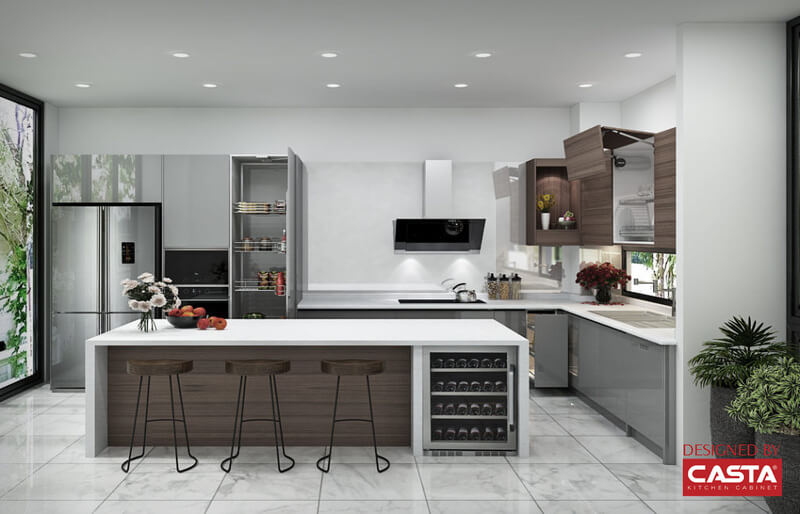
Conclusion: The Future of Kitchen Design is Non-Toxic
As homeowners and builders become more aware of the health and environmental impacts of traditional cabinetry, non-toxic kitchen cabinets are emerging as the future of kitchen design.
These cabinets offer substantial health benefits, improve indoor air quality, and help create more sustainable living environments.
For contractors, cabinet brands, and companies, offering non-toxic kitchen cabinets is an excellent way to stay competitive and meet the growing demand for eco-friendly, health-conscious home products.
By choosing non-toxic options, you can create kitchens that are not only beautiful and functional but also safe and sustainable for years to come.
FAQ Section
What are non-toxic kitchen cabinets made of?
Are non-toxic cabinets more expensive than traditional ones?
What certifications should I look for in non-toxic kitchen cabinets?
How long do non-toxic kitchen cabinets last?
Can non-toxic cabinets be customized?
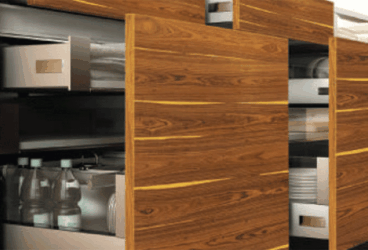
MDF vs Plywood for Kitchen Cabinets – Which is Better?...
MDF vs Plywood for kitchen cabinets is one of the most important decisions contractors and furniture brands must make wh...
11/14/2025 | David Nguyen
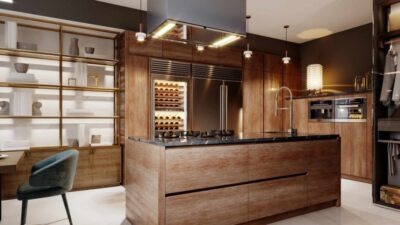
Plywood Kitchen Cabinets: Pros and Cons Explained for Contra...
Plywood kitchen cabinets are now one of the most preferred options in modern kitchen manufacturing, combining durability...
11/12/2025 | David Nguyen
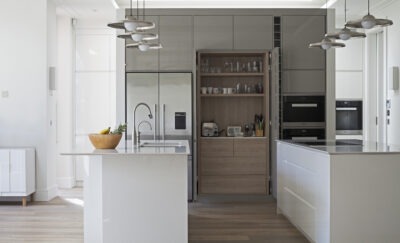
Best Italian Kitchen Cabinets: Modern Design, Precision Craf...
Italian kitchen cabinets represent the gold standard in modern kitchen design — celebrated for their craftsmanship, slee...
10/29/2025 | David Nguyen
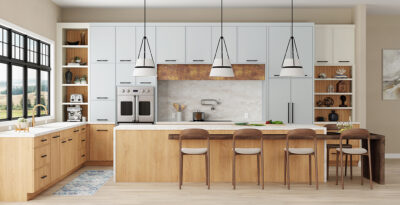
European vs American Kitchen Cabinets: Key Differences &...
European vs American kitchen cabinets is a core decision for anyone specifying cabinetry for modern buildings or homes. ...
10/27/2025 | David Nguyen
Contact us
Casta is always ready to listen and answer all customers' questions
